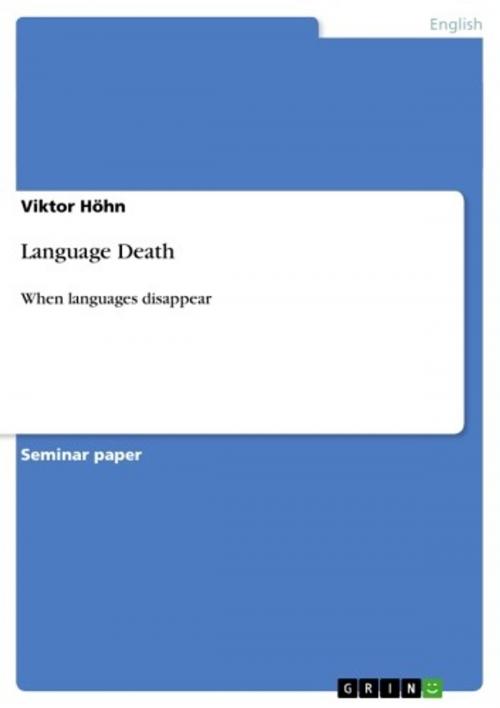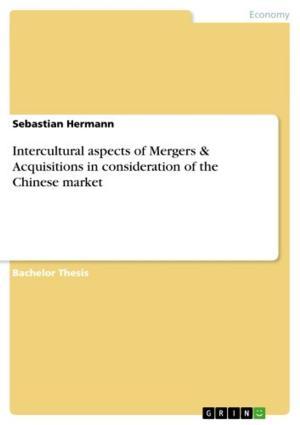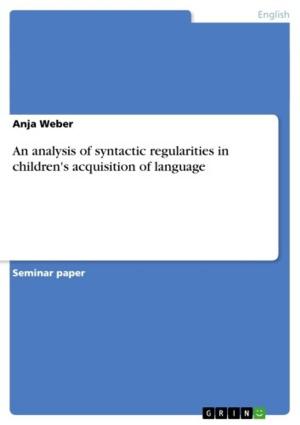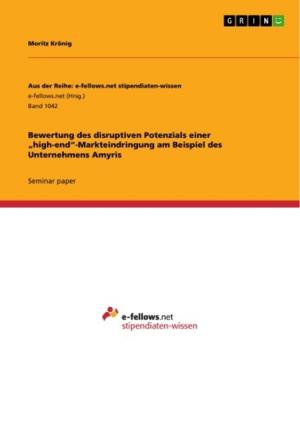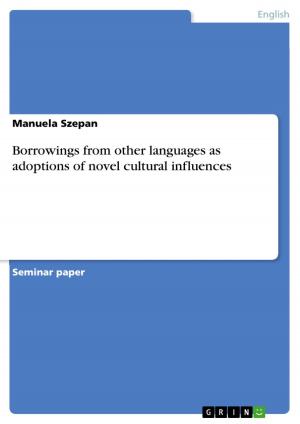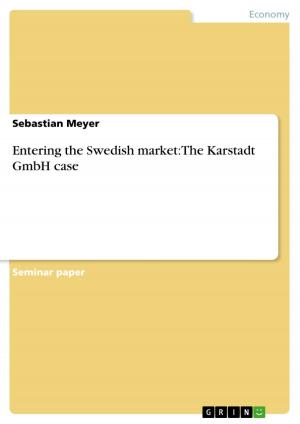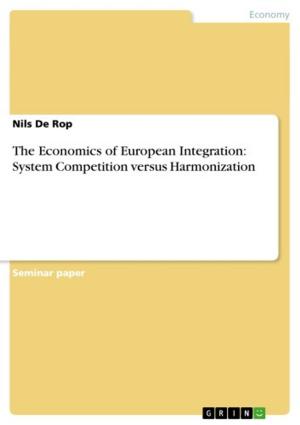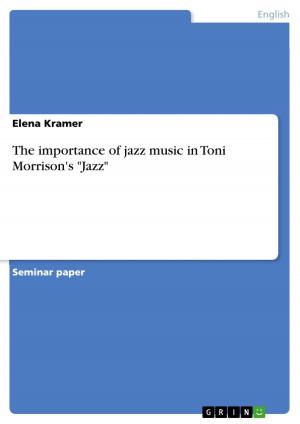| Author: | Viktor Höhn | ISBN: | 9783638783545 |
| Publisher: | GRIN Publishing | Publication: | May 13, 2007 |
| Imprint: | GRIN Publishing | Language: | English |
| Author: | Viktor Höhn |
| ISBN: | 9783638783545 |
| Publisher: | GRIN Publishing |
| Publication: | May 13, 2007 |
| Imprint: | GRIN Publishing |
| Language: | English |
Seminar paper from the year 2007 in the subject English Language and Literature Studies - Linguistics, grade: 1,0, University of Trier, course: Applied Linguistics, 31 entries in the bibliography, language: English, abstract: A language dies when nobody speaks it any more. However, there are different ways languages die. In this regard, three types of language death can be identified: population loss, forced shift, and voluntary shift. One must, however, recognize that the divisions between them are not always clear. Many language deaths involve some combination of all three. Besides, there is a considerable grey area between forced and voluntary shift. The distinction between what is forced and what is voluntary is problematic, but the terms are useful as idealized ends of a continuum. 1. Language death 3 1.1 Types of language death 3 1.2 Causes of language shift 5 1.2.1 Economic influence 5 1.2.2 Cultural influence 6 1.2.3 Political influence 8 2. Linguistic equilibrium and punctuation - Endangered languages under increasing threat9 2.1 The Palaeolithic equilibrium 9 2.2 The Neolithic punctuation and aftershock 10 2.3 The industrial punctuation 11 2.4 The extent of endangerment 13 3. Reasons for action 14 3.1 Linguistic diversity and sustainable economic development 14 3.2 Language and identity 15 3.3 Language and history 16 3.4 Language and human knowledge 17 3.5 Languages and linguistic knowledge 18 II. PRINCIPLES20 1. The Diagnosis20 1.1 Levels of endangerment 20 1.2 The stages of language death 20 2. Remedies 22 2.1 Reversing Language Shift (RLS) theory 22 2.2 Increase of prestige 25 2.3 Increase of wealth 26 2.4 The education system 26 2.5 Literacy 27 2.6 Increase of legitimate power 27 III. RECOMMENDATIONS29 IV. REFERENCES33
Seminar paper from the year 2007 in the subject English Language and Literature Studies - Linguistics, grade: 1,0, University of Trier, course: Applied Linguistics, 31 entries in the bibliography, language: English, abstract: A language dies when nobody speaks it any more. However, there are different ways languages die. In this regard, three types of language death can be identified: population loss, forced shift, and voluntary shift. One must, however, recognize that the divisions between them are not always clear. Many language deaths involve some combination of all three. Besides, there is a considerable grey area between forced and voluntary shift. The distinction between what is forced and what is voluntary is problematic, but the terms are useful as idealized ends of a continuum. 1. Language death 3 1.1 Types of language death 3 1.2 Causes of language shift 5 1.2.1 Economic influence 5 1.2.2 Cultural influence 6 1.2.3 Political influence 8 2. Linguistic equilibrium and punctuation - Endangered languages under increasing threat9 2.1 The Palaeolithic equilibrium 9 2.2 The Neolithic punctuation and aftershock 10 2.3 The industrial punctuation 11 2.4 The extent of endangerment 13 3. Reasons for action 14 3.1 Linguistic diversity and sustainable economic development 14 3.2 Language and identity 15 3.3 Language and history 16 3.4 Language and human knowledge 17 3.5 Languages and linguistic knowledge 18 II. PRINCIPLES20 1. The Diagnosis20 1.1 Levels of endangerment 20 1.2 The stages of language death 20 2. Remedies 22 2.1 Reversing Language Shift (RLS) theory 22 2.2 Increase of prestige 25 2.3 Increase of wealth 26 2.4 The education system 26 2.5 Literacy 27 2.6 Increase of legitimate power 27 III. RECOMMENDATIONS29 IV. REFERENCES33
